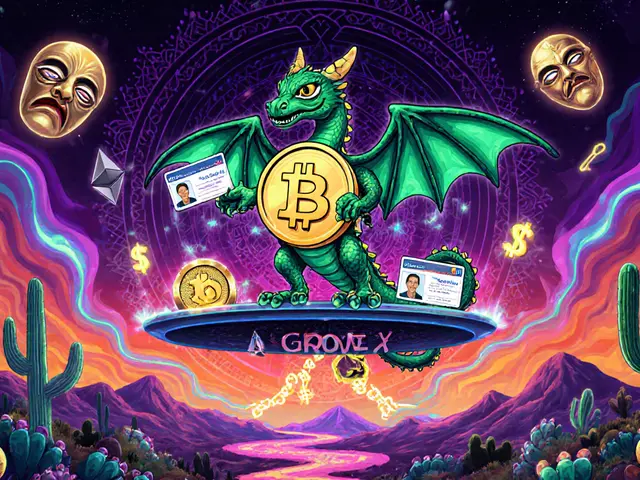Securitize: Understanding Security Tokens and Tokenized Assets
When you hear Securitize, a regulated platform that turns real estate, funds, and equity into blockchain-based security tokens. It's not just another crypto project—it's one of the few platforms operating under actual securities law in the U.S. Unlike meme coins or unregulated tokens, Securitize focuses on compliance, legal structure, and real asset backing. This means the tokens it issues aren’t speculative bets—they’re digital representations of ownership in things like commercial property, private company shares, or investment funds.
Security tokens are a type of tokenized asset, a digital claim on a real-world asset, verified and traded on a blockchain. They combine the liquidity of crypto with the legal protections of traditional finance. For example, instead of buying a whole building, you can own a fraction of one through a security token. This opens up high-value assets to everyday investors who could never afford $1 million in real estate. The blockchain securities, digital financial instruments that follow securities regulations and are issued on distributed ledgers market is still young, but it’s growing fast because it solves real problems: illiquidity, high entry costs, and opaque ownership records.
Securitize doesn’t just issue tokens—it builds the infrastructure to make them work. That includes investor verification, transfer restrictions, dividend automation, and reporting tools that satisfy the SEC. This is why it’s used by real estate firms, private equity groups, and even sports franchises looking to raise capital legally. You won’t find Securitize tokens on Binance or Coinbase. They’re traded on compliant platforms like tZero or through private networks. And that’s the point: this isn’t about getting rich quick. It’s about building a system where ownership is transparent, divisible, and enforceable.
What you’ll find in this collection are deep dives into how security tokens actually function, the platforms that support them, and the real projects that are making them work. You’ll see why some tokens succeed while others vanish. You’ll learn how tokenization changes liquidity, who regulates it, and why most retail investors still don’t understand the difference between a security token and a meme coin. These aren’t theoretical posts—they’re grounded in what’s happening now, with real examples, trading data, and regulatory updates.









